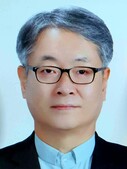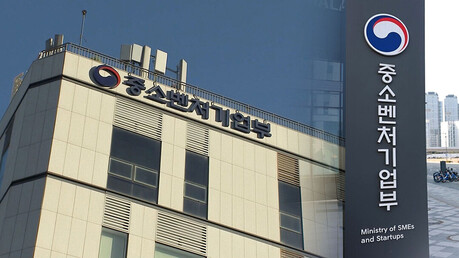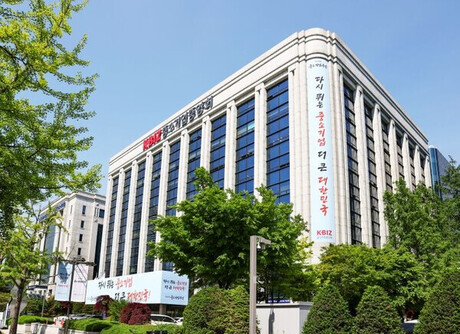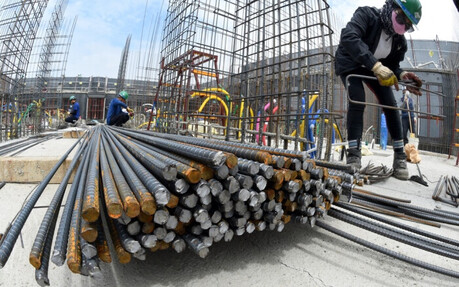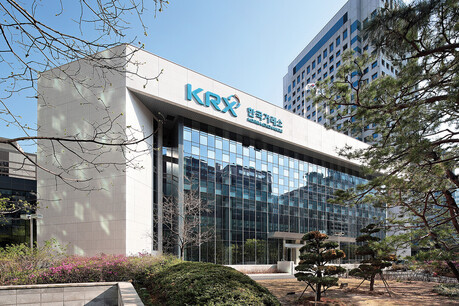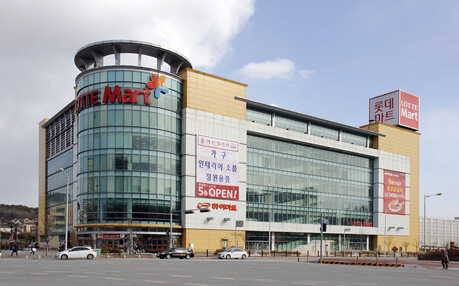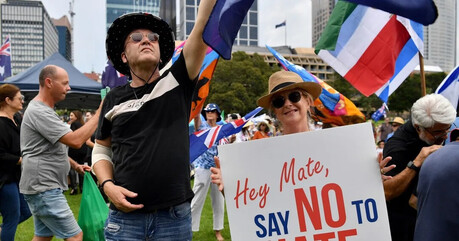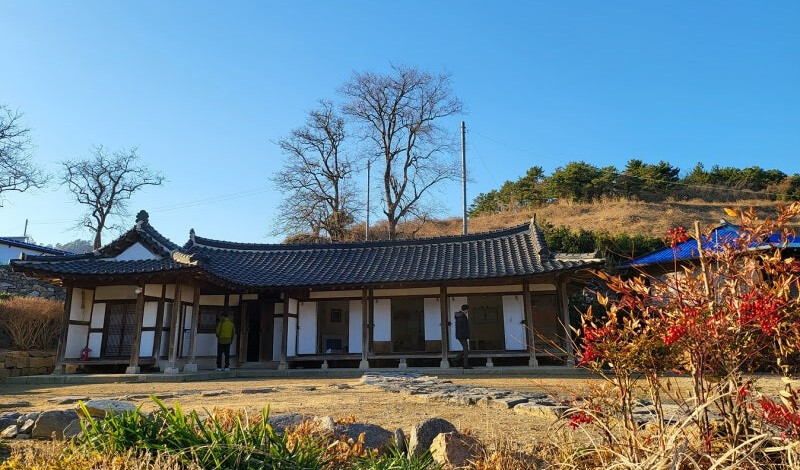
Anjwa-do, Shinan – On Anjwa-do, an island in Shinan-gun, Jeollanam-do, known as the "Island of Art," stands the tranquil birthplace of Suhwa Kim Whan-ki (樹話 金煥基, 1913~1974), a master and pioneer of Korean abstract art. Born on this very land over a century ago in 1913, Kim Whan-ki is celebrated for leaving an indelible mark on Korean art history, and his birthplace is preserved as the starting point of his artistic spirit and a valuable cultural heritage.
An Artist's Life Foretold Like a Prenatal Dream
Kim Whan-ki was born and spent his childhood in the current house located in Eupdong-ri, Anjwa-myeon. A prenatal dream, where "colorful fabrics hung on a clothesline danced in the wind, painting pictures on the blue sky," seemed to foretell his destiny. Just like this dream, Kim Whan-ki spent his entire life depicting the world through color and form, broadening the horizons of Korean abstract art.
His birthplace is a 'ㄱ'-shaped wooden tiled house, consisting of a storage room, a detached room, a main hall (daecheongmaru), an inner room (anbang), and a kitchen. Notably, the upright inner building (anche) is said to have been constructed with timber transported from Baekdusan Mountain in the 1920s. Built in 1920, it retains almost its original form, giving it significant architectural value. Currently, the inner building is owned by the Shinan-gun Office of Education and is utilized as a teacher's residence. Additionally, the separate studio building was constructed in the 1940s, and this building is owned by Mr. Jeong Gi-ung, not by the Kim Whan-ki family.
A Space Steeped in Historical and Artistic Value
Kim Whan-ki's birthplace is imbued with the spirit of Suhwa Kim Whan-ki, who played a pioneering role in Korea's modern and contemporary art history, particularly in abstract art, giving it immense historical and cultural significance. It also holds unique meaning as a tangible resource offering glimpses into the lifestyle of traditional Korean houses in the early 20th century. Recognizing its value, Kim Whan-ki's birthplace was designated Local Monument No. 148 in 1992, and later upgraded to National Important Folklore Material No. 251 in 2007, ensuring its preservation and management at a national level. The studio where Kim Whan-ki personally created his artworks has been recreated here, vividly conveying his artistic traces to visitors.
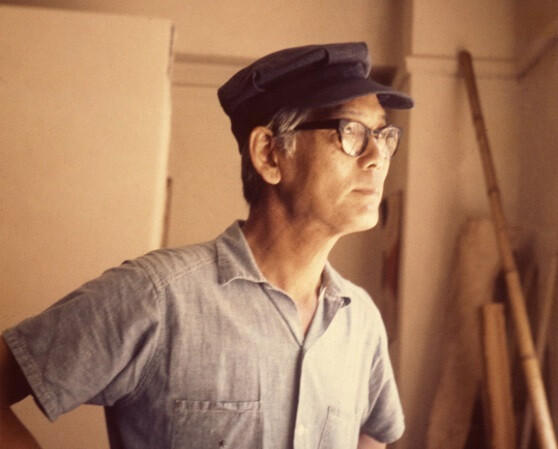
Kim Whan-ki, the Picasso of Korea: His Artistic World
Suhwa Kim Whan-ki is often called the "Picasso of Korea born in Shinan," a representative 20th-century Korean painter who stood at the forefront of avant-garde and abstract art with his innate artistic talent and indomitable spirit of challenge. He also dedicated himself to nurturing future generations of artists, serving as a professor and dean at Hongik University, a professor at Seoul National University, and president of the Korean Art Association.
Kim Whan-ki expressed the serene and lyrical forms of our mountains, rivers, moon, and clouds through sophisticated artistic language. He also awakened a sense of national emotion by discovering the dignity and beauty of traditional artifacts, such as white porcelain jars. His artistic world boasts unique artistry that seamlessly blends national sentiment and Eastern philosophy with Western modernism. He embodied clear national sentiment in refined compositions and colors that resonated globally, gaining wide recognition in the art worlds of New York and Paris.
His invaluable works are deeply cherished by the public for their high artistic merit, which is confirmed through research and exhibitions, and are regarded as the pinnacle of Korean modern art in the art market. Kim Whan-ki's art transcends mere paintings; it became a crucial medium for introducing Korean identity and aesthetic consciousness to the world.
Kim Whan-ki's birthplace holds historical and artistic significance as the space where a great artist, who played a pivotal role in Korean modern and contemporary art, spent his childhood and engaged in early artistic endeavors. Furthermore, it is a valuable architectural historical record, showcasing how traditional early 20th-century houses pragmatically transformed in response to societal changes during their transition into modernity. Visiting Kim Whan-ki's birthplace on Anjwa-do will be a meaningful journey that goes beyond tracing an artist's footsteps, offering an experience of a segment of Korean modern and contemporary history and the evolution of traditional architecture.
[Copyright (c) Global Economic Times. All Rights Reserved.]















